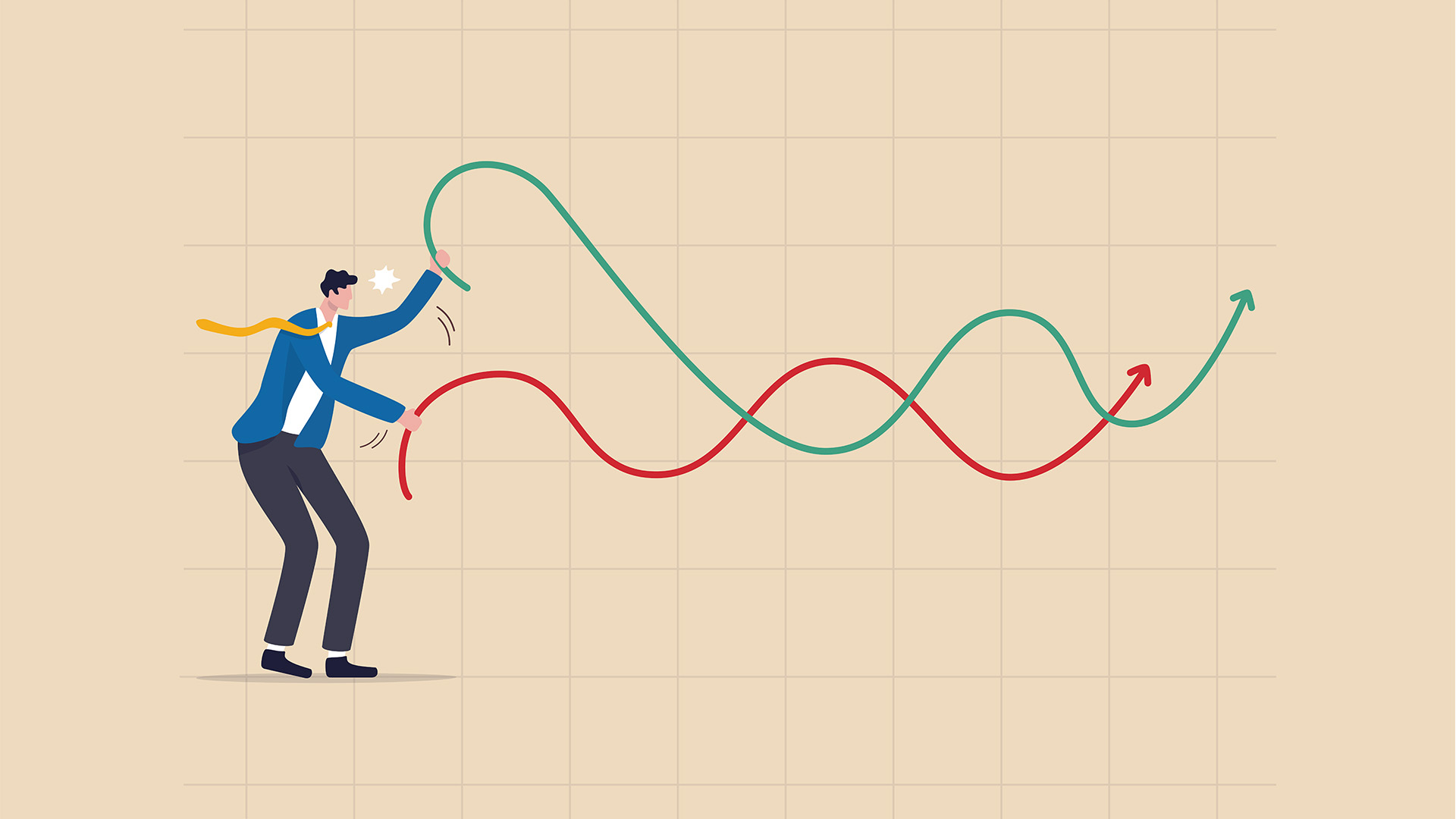It is going to be a rough 12 to 18 months for the Australian economy, employers, workers, and governments, even if the COVID-19 pandemic is controlled and some sort of preventive or ameliorating pharmaceutical solution emerges.
Yesterday’s economic update from the Federal Government had long been tipped by leaks and briefings to media and business, but the headline figures about huge budget deficits actually hide the real story.
The estimates for growth, unemployment, ranges, terms of trade given in the statement from Treasurer Josh Frydenberg are all estimates or scenarios as the Reserve Bank has come to describe its economic estimates.
So from what was said on Thursday, the economy is going to get worse, more sluggish, before there’s an improvement next year – late next year.
The return and rise of COVID-19 in Victoria and NSW and associated tightening of controls on activity will mean these estimates change in the October budget.
That will also be influenced by what is happening in the US with a nasty, divisive Presidential and congressional election campaign, added uncertainty about what happens after the poll if Donald Trump refuses to accept the result if he loses.
There’s the continuing cost of the pandemic on US economic activity and confidence and the growing likelihood of another correction on Wall Street as investors lose heart.
Treasurer Frydenberg revealed the budget will be in the red by $85.8 billion in 2019-20 and $184.5 billion in 2020-21, thanks to COVID-19.
Wages growth is estimated to be 1.75% in the year to June and 1.25% in 2020-21, that leads to a slide in household consumption – down 2.5% in 2019-20 and 1.25% this financial year. The Consumer Price Index is forecast to fall by 0.25% in the June 2020 year (the report for the three months to June is out next Wednesday), rising to 1.25% in the year to June 2021.
Dwelling investment is forecast to fall 10% in 2019-20 and increase to a 16% slide this financial year and the Treasurer said the unemployment is expected to reach 9.25% in the December quarter (7.4% in June), while GDP would contract by 0.25% in 2019-20 (up 1.4% in the year to March) and shrink 2.5% in 2020-21.
(At the government’s mid-year economic and fiscal outlook last December, the unemployment rate was forecast to hit 5.25% in 2019-20 and remain stable in this financial year. Real GDP was expected to grow 2.25% in 2019-20 and 2.75% in 2020-21.
None of these forecasts are hard and fast, but the biggest question marks are over wages growth, household consumption, and dwelling investment. All are key drivers of activity in the domestic demand in the economy.
Wages growth was the major weakness of coalition governments since 2014 and there is no sign of anything positive to boost that on the horizon.
Income support and stimulus measures can only do so much, rising levels of domestic demand will only emerge when job creation moves from refilling jobs made vacant in the pandemic and beyond, to actually new jobs creation, with a positive flow on to wages growth and household consumption.
Added to all of this is $269 billion of loans the banks have agreed to defer (figures from APRA). Once the borrowers are required to start repayments, that will put more downward pressure on household incomes, spending, and domestic demand and consumption.
Treasurer Frydenberg said pandemic, lockdown, and the cost to the economy hit the budget by $32.4 billion in 2019-20 and $72.2 billion in 2020-21. Tax receipts are down $31.7 billion in 2019-20 and forecast to be down $63.9 billion in 2020-21.
Debt will total $851.9 billion of debt at June 30.
Getting that reduced will be very tough given the change in circumstances. In past Australia has relied on rate cuts from the Reserve Bank to help power a recovery, especially in housing and commercial property. That tool is absent now with rates as low as they can go.
High inflation has also helped eat up the real cost of the debt and to drive nominal growth, which in turn has helped boost tax revenues. A resources boom also has helped to drive the terms of trade higher and generate more tax revenues.
That’s what is happening externally at the moment but the question for how long with the US economy stumbling towards a deeper recession and China not really in a position to drive global demand in the way a solid, growth US economy can.
Economists hold mixed views. The National Australia Bank for instance believes the Government’s forecasts “appear pessimistic and suggest the government is starting from a conservative position on the pace of recovery.”
“However, there is exceptionally high uncertainty around all forecasts at this point and our own forecasts embody a relatively optimistic recovery in consumption despite ongoing labour market fallout.
“Like Treasury, we think the key risks to these forecasts include the future spread of the virus, the degree of labour market scarring and risks around both consumer and business confidence, NAB economists said.
But the AMP’s Chief Economist, Dr. Shane Oliver is more sanguine, writing in a commentary on Thursday afternoon: “The budget and associated debt blowout is unlikely to cause a major problem as Australian public debt is relatively low, borrowing costs are very low, the Government is borrowing in Australian dollars & it’s not dependent on foreign capital.
“Letting the budget deficit rise is the right thing to do in order to support the economy through this (hopefully) once in a century pandemic,” Dr Oliver wrote.












